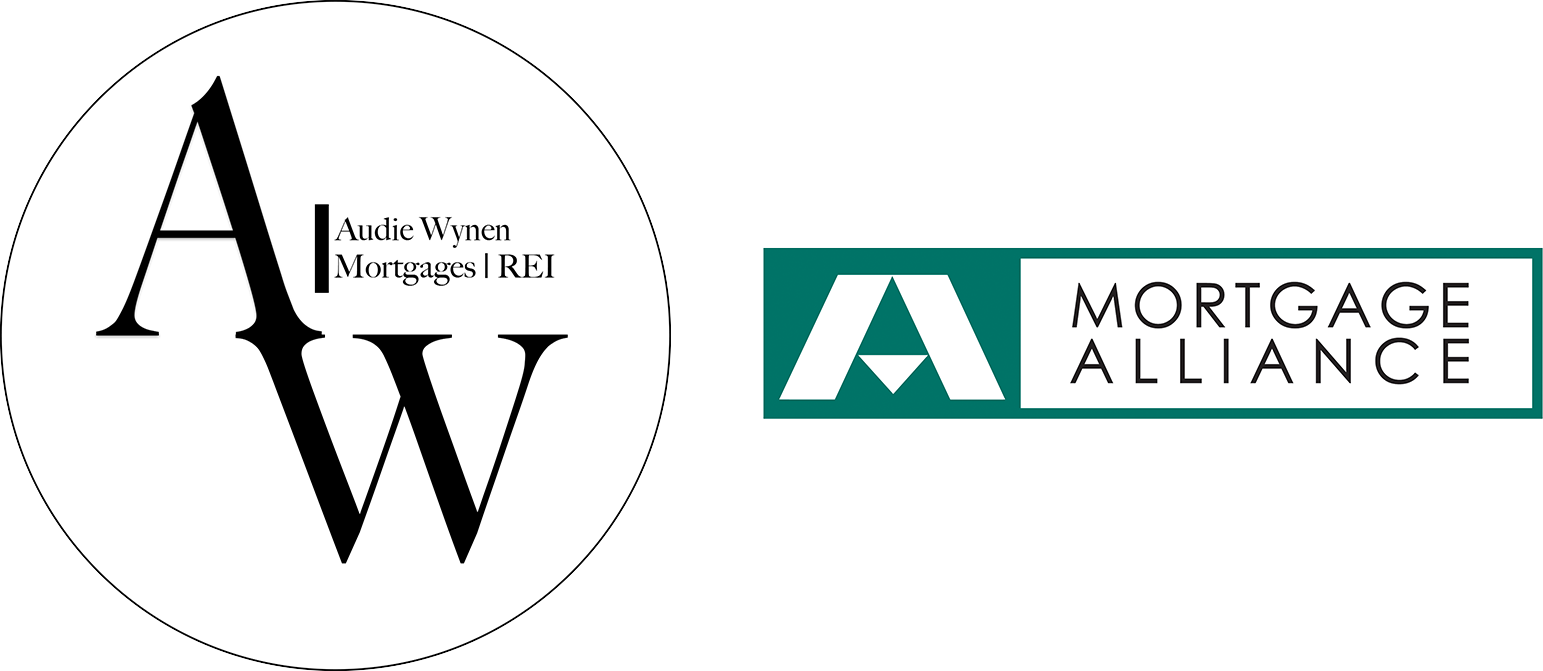Fixed vs. Variable: Which Rate is Right For Me?
- Fixed vs. Variable rate can be a tough decision but a decision you will need to make when getting a mortgage. Most people I work with will focus on a fixed-rate mortgage because of the uncertainty of variable rates and when they will increase. It is worth understanding the differences as well as the risk involved. When you first start thinking about a mortgage, there are many things to consider: how much monthly payment you can afford
- how long do you think you will be in this house
- how much money can you put down vs. how much you want to put down
- what interest rate type do you feel comfortable with
- what is the penalty for breaking the mortgage
Let’s take a quick look at the two interest rate types available on most mortgages.
Fixed Rates are determined based on the 5-year bond rates, but it will not change for the 5-year term once you lock into that rate. Lenders will change their fixed rates frequently. If you want to get pre-approved, you can lock in the current fixed rate for 120 days. Once you purchase and get approved, you will get either the rate you locked in or the current rate – whichever is lower.
Variable Rates are determined based on the Bank of Canada overnight rate. Currently, the BoC rate is 1.50% (Jun 2022). The Bank reviews this rate 8 times a year and decides if it will raise, lower or keep the rate the same. If they change it, they usually do it in increments of 0.25%. Recently, they increased it by 0.50% due to inflation, which was very low during the pandemic @ 0.25% for the past two years.
Both fixed and variable rates are discounted based on the lender’s posted rates. Currently, the variable rate is 3.70%, discounted by as much as 1.00%, so that the actual interest rate could be as low as 2.70% (OAC). Once you lock in a variable rate, you will get that discount for the 5-year term. The 3.70% will increase if the Bank of Canada raises its overnight rate. For example, current rate is 3.70% – 1.00% (discount) = actual rate 2.70%. If the BoC raises the overnight rate by 0.25% then your new rate will be 3.95% – 1.00% or 2.95%. A 0.25% increase represents about $12 per $100k of the mortgage. If you have a $300k mortgage, your monthly payment will be about $36 more. Unless there are unusual economic circumstances, the rate will not change very often. Since 2010 they have changed it about 13 times; that’s an average of about once yearly. This rate greatly impacts the economy, so they are conscientious when changing it.
Now, let’s discuss the penalty if you break the mortgage. These two types of rates come with very different penalty calculations. The Variable Rate penalty is usually much lower. Variable’s penalty is equal to 3 months’ interest, whereas fixed is based on the Interest Rate Differential (IRD). Each lender has a different way of calculating the IRD, and they must have that calculation posted on their website for you to determine what your penalty would be. If you think that there is a chance you will be breaking your mortgage within the term, it’s very important to consider the penalty cost. There are many reasons people will need to break their mortgage, and the odds are high that you may need to break yours (about 70% of buyers break their mortgage during a 5-year term). Anything like changing jobs to a new location, marriage breakdown, etc., may cause you to break your mortgage.
So how do you decide which rate is best for you? It’s really a personal decision. I will provide you with as much detail as possible here, but you will need to base it on your situation.
If choosing a variable keeps you up at night because you are worried about the interest rate going up, fixed is a better option for your peace of mind. However, I would suggest you base your decision on the actual numbers. Each person has their own set of questions, and each person’s scenario is different. The numbers show that variable rate is better for paying less interest than fixed. A variable rate can be converted to a fixed rate at any time during the term if you are concerned about increasing rates.
As mentioned, the two rates are based on different factors (5-year bond rate for fixed and Bank of Canada overnight rate for variable). Usually, the 5-year fixed rate is higher than the variable rate. As I write this, the fixed rate is about 3.99-4.49%, and the variable rate is about 2.60-2.80%. That is a difference of 1.39% +. On a $400,000 mortgage, that would be an interest savings of almost $26,000 over a 5-year term!
In other words, you have a cushion of 1.39% for any increases from the overnight rate. If we look at the average of 1 raise per year and raise it 0.25% each time, we would not reach the fixed rate in the 5-year term.
One strategy you can use with some banks, which I highly recommend, is to fix your payment to the amount of the fixed interest rate but choose a variable rate. The difference between the two payments will go towards the principal, thereby paying your mortgage faster. If I look at monthly payments on our $400K mortgage, the difference would be as follows (numbers based on interest rates at the time this blog was written):
Fixed-Rate Monthly Payment $2,101.91
Variable Rate Monthly Payment $1,811.85 Difference (which goes to the principal) $290.06
Then if the BoC rate increases, it would increase the Variable Monthly payment but could keep your fixed monthly payment the same. It would just reduce the amount of extra payment you are making to your principal, but you would not feel the increase in your monthly payment. Using this method, you could knock off a couple of years or more on your mortgage, pay it off sooner, and save even more interest.
Yes, there are more advantages to having a variable rate, and I favour using the variable rate strategy because it saves you on interest over the term of your mortgage. I also understand that many people want the comfort of knowing that their interest rate will not change and therefore don’t need to worry about what the BoC does to the overnight rate. At least until their term comes up and they need to review. But renewing is another conversation with a new set of questions and things to consider.
Even though I personally like the variable option, you will always have the final choice. I advise choosing the one that will not stress you and allow you to sleep at night. If you would like an analysis of your specific situation, reach out to me at (519) 744-0982, and I would be happy to discuss and answer any questions.


All Rights Reserved | Audie Wynen Mortgages






